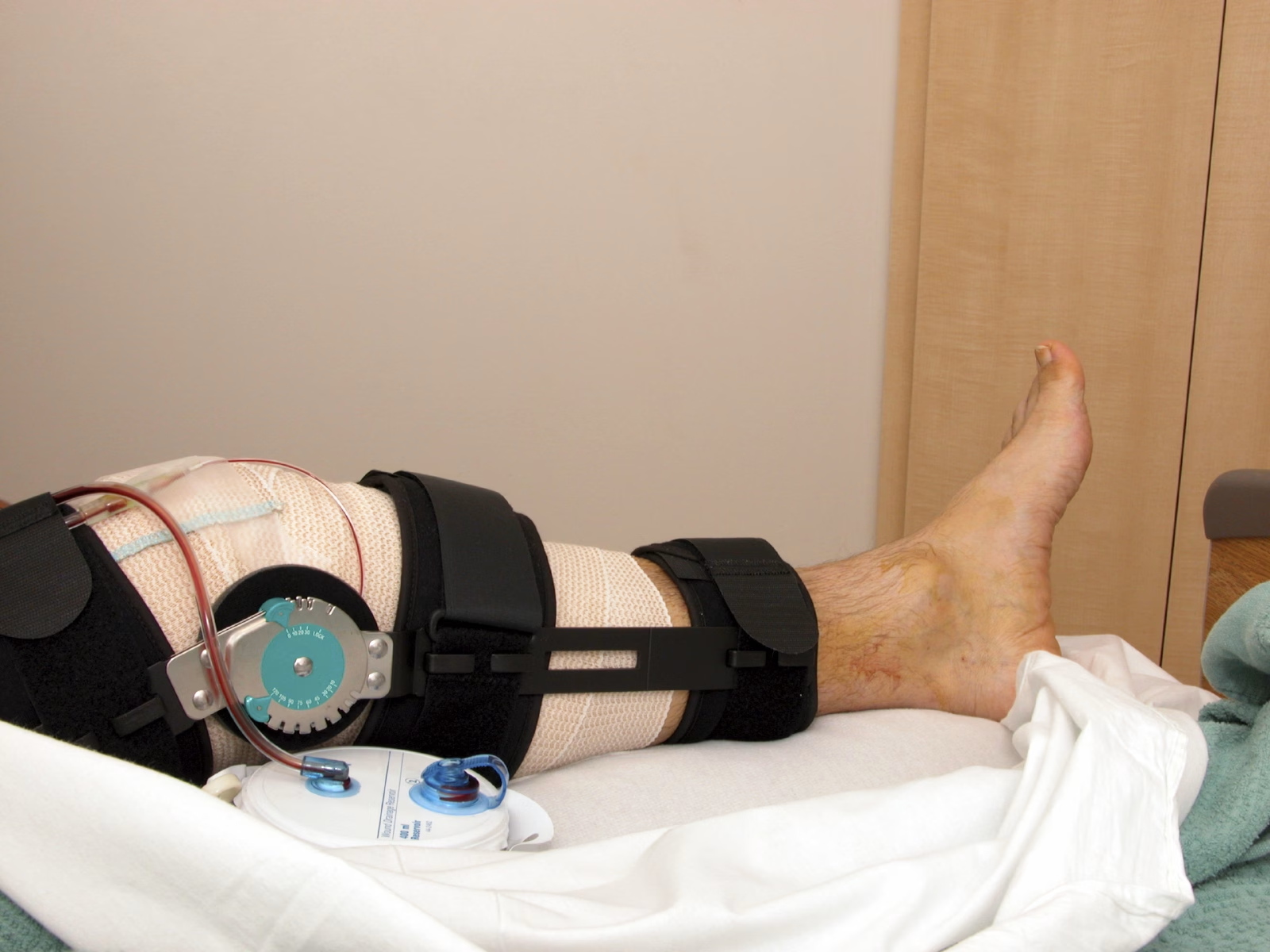ACL Tear Recovery: Nine Months of Healing and Strength
Understanding the Recovery Timeline for an ACL Tear
Recovery from an ACL (anterior cruciate ligament) tear is a long and often challenging process. On average, athletes can expect to take at least nine months to fully recover from such an injury. This timeline includes not only the initial healing period but also the extensive rehabilitation needed to restore strength, stability, and function in the affected knee.
For players like Kyrie Irving, who recently suffered an ACL tear, this timeline is critical. If Irving is able to return to play by late December, that would mark approximately nine months since his surgery. This would be a significant milestone, as it aligns with the typical recovery window for such injuries. However, it’s important to note that each athlete’s recovery journey is unique, and factors like age, overall health, and the severity of the injury can influence the timeline.
The Impact of the Injury on Irving’s Season
The injury occurred during a pivotal moment in Irving’s season. Last season, he was only able to play in one game alongside Anthony Davis. That game took place on February 8, when Davis suffered a significant injury early in the contest. Just three weeks later, Irving sustained another major setback when he planted his foot on a Kings player’s foot, leading to structural damage in his left knee. He had to be carried off the court, marking a painful end to his season.
This sequence of events highlights the unpredictable nature of professional sports, where even the most skilled athletes can face sudden and severe challenges. For Irving, the injury not only impacted his performance but also disrupted his ability to contribute meaningfully to his team’s success.
The Role of Rehabilitation in Recovery
Rehabilitation plays a crucial role in the recovery process for an ACL tear. It typically involves a structured program that includes physical therapy, strength training, and gradual reintroduction to sport-specific activities. The goal of this phase is to restore full range of motion, rebuild muscle strength, and improve balance and coordination.
Athletes often work closely with physiotherapists and sports medicine professionals to ensure they follow a safe and effective rehabilitation plan. This process can be mentally and physically demanding, requiring patience, discipline, and a strong support system.
The Importance of Timely Return to Play
Returning to play after an ACL tear is a major accomplishment, but it must be done carefully. Rushing back too soon can increase the risk of re-injury or long-term complications. Teams and medical staff typically monitor an athlete’s progress closely before making a decision about their return.
If Irving is able to make a successful return in late December, it would be a positive sign that his rehabilitation has been effective. However, it will also be essential for him to continue working on his conditioning and readiness to ensure he can perform at his best when he returns to the court.
Looking Ahead for Irving
As Irving begins his recovery journey, the focus will be on following the recommended rehabilitation plan and staying committed to the process. His ability to return to play will depend on how well he responds to treatment and how effectively he regains his strength and mobility.
Fans and analysts alike will be watching closely to see how he progresses over the coming months. With the right approach, there is hope that Irving can make a full recovery and return to the court stronger than ever.
- Why Christmas might not feel like magic anymore—but it’s not your fault - December 19, 2025
- Organisasi metro Omaha menyediakan sumber daya medis untuk komunitas Latino - December 19, 2025
- What is dog dementia, and how can you spot the signs in your pet? - December 18, 2025




Leave a Reply